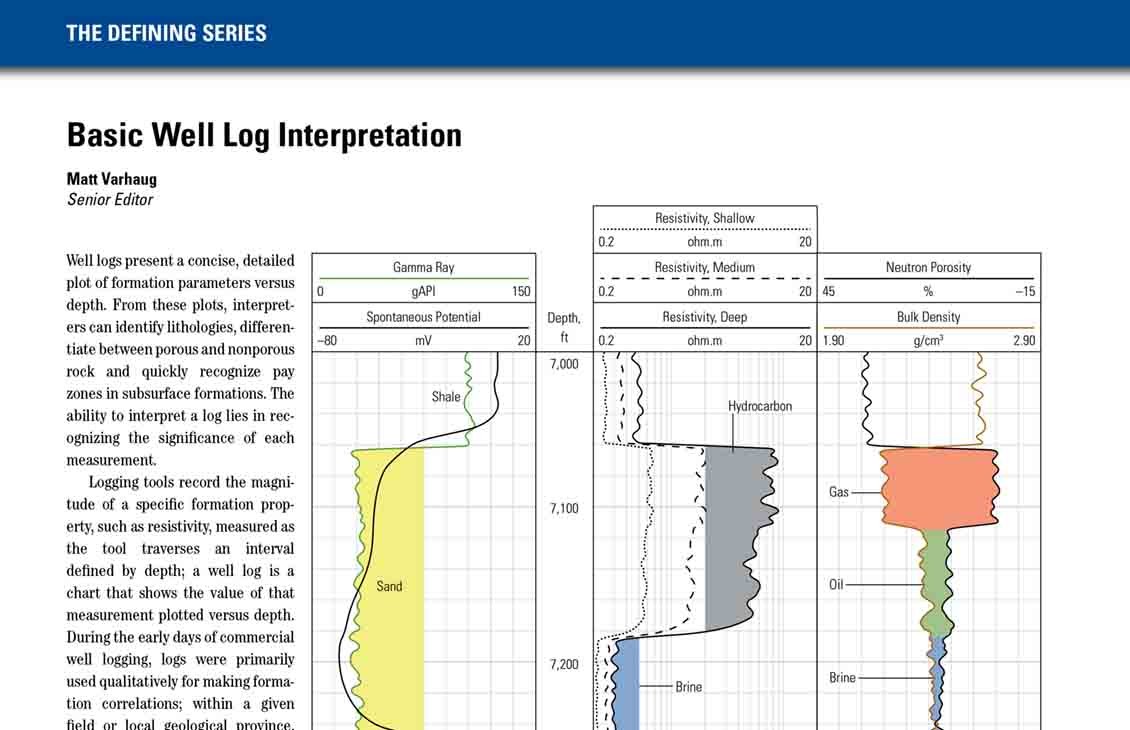Okay, so, I was reading up on this whole well log thing today, and man, it’s kind of a trip. I’ve been trying to figure out the best spots to, you know, dig holes in the ground and see if there’s any oil or gas down there.
First thing I did was grab a bunch of these triple combo logs. They’re like the bread and butter of this whole operation. You gotta have them in a specific order, though: GR, Resistivity, and then a couple of others I’ll get to in a sec. So, I lined them all up, like ducks in a row.
Then I started looking at the squiggly lines. Seriously, at first, it just looks like a bunch of scribbles. But each line tells you something different. The GR, or gamma ray, that one’s kind of like a sniffer for whether you’re looking at shale or something else, like sandstone or limestone. Shale’s usually a no-go for oil and gas, so you’re hoping that line stays low.

Next up, resistivity. Now, this one’s a biggie. It basically tells you what kind of fluid is hanging out in the rock. If the resistivity is high, you might be looking at oil or gas, because they don’t conduct electricity well. Water, on the other hand, that’s a good conductor, so low resistivity usually means water.
I also had these other logs, porosity logs, which tell you how much empty space is in the rock. You need that empty space for the oil and gas to, you know, be in. These porosity logs come in a couple of flavors: neutron and density. They kind of work together, and if you see them cross over each other on the chart, that’s what they call the “gas effect.” It’s like a big neon sign pointing to where the gas might be hiding.
- Pulled out those triple combo logs.
- Stared at the lines, trying to make sense of it all.
- Figured out the GR line helps spot the shale.
- Realized resistivity is key for finding oil and gas.
- Noticed the “gas effect” on the porosity logs.
So, I spent a good chunk of the day just poring over these logs, comparing the lines, looking for those telltale signs. It’s kind of like detective work, piecing together clues to find the treasure. It was a long day.
By the end of it, I felt like I had a much better handle on where we should be drilling. The logs pointed to a few promising spots where the resistivity was high, the porosity looked good, and that gas effect was showing up. It’s not a sure thing, of course, but it’s a whole lot better than just guessing.
This whole well log reading thing, it’s definitely not a walk in the park. But when you start to get the hang of it, it’s pretty powerful. You can learn so much about what’s going on way down there, just from these lines on a chart.
Anyway, that was my day. Back at it tomorrow, probably going to dive deeper into some of the other types of logs. There’s a whole world of them out there.















